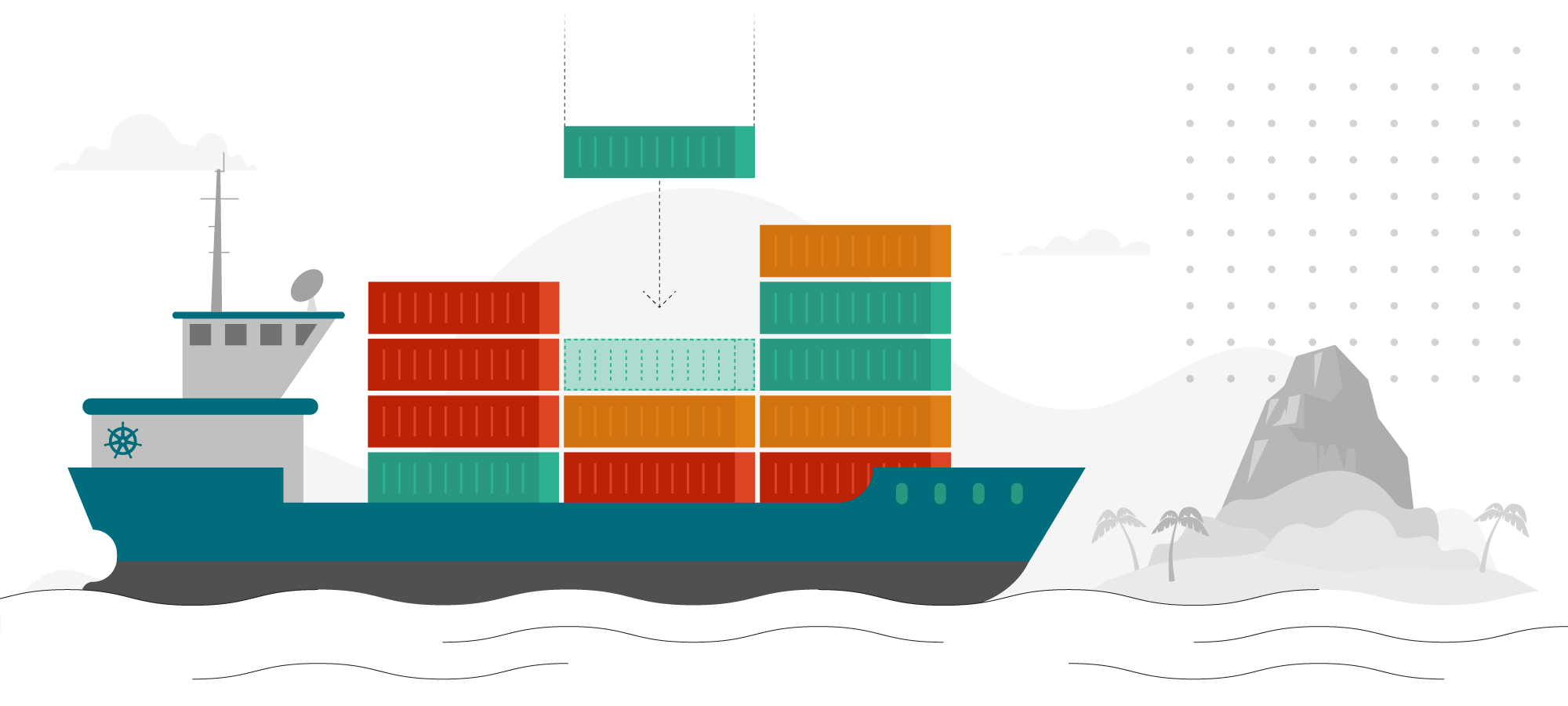Ensure optimum uptime
In a complex system of software components, one failing component can quickly result in the downtime of your entire system. With a self-healing architecture, you can detect component failures fast and automatically reboot your component or optimize it to changing conditions, so you can maximize uptime and keep operational costs under control. Kapernikov helps you to set up an efficient self-healing architecture from a to z.

We can help you to:
- Set up the most suited self-healing architecture for your system
- Deploy your self-healing system based on a Kubernetes framework
- Log and monitor failures efficiently, so you can obtain operational insights
Self-healing: keep maintenance costs under control
Keeping a software system, consisting of multiple interconnecting components, operational 24/7 is challenging. So, when a component fails and downtime is looming, your support team needs to kick into action. However, keeping a 24/7 maintenance team or support line on call can be expensive.
Self-healing architectures allow you to keep your operations running with minimum downtime and without human intervention. It’s an ideal – temporary – solution to remain operational until you have the resources available to tackle the root cause of the failure. A self-healing architecture also helps you to keep maintenance costs under control, preventing your team from having to put out fires every time a failure happens.
Self-healing architecture experts
Kapernikov offers a unique combination of experience in industrial environments and expertise on self-healing architectures. This makes us the ideal partner to talk to if you need to maximize uptime of your industrial software system.
Every project has its unique challenges, uptime requirements and self-healing solutions. Our Kapernikov experts help you to make the right technology choices to help you reduce downtime, keep costs under control and maximize the efficiency of your support team.

